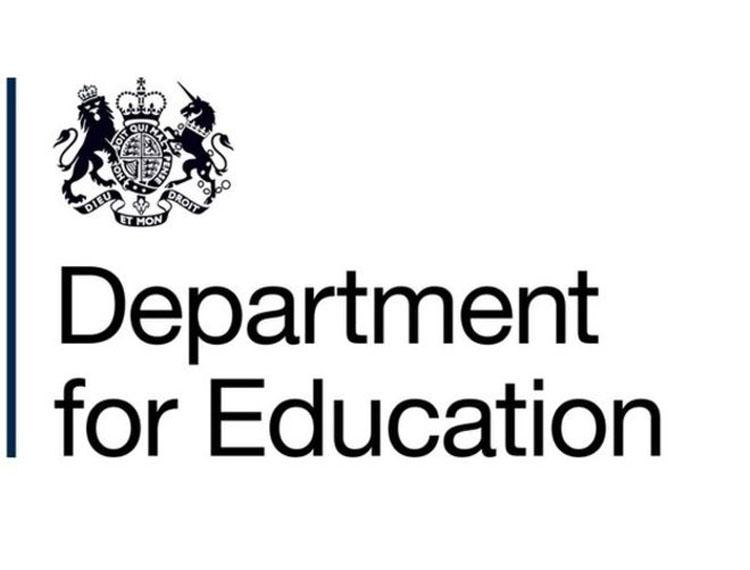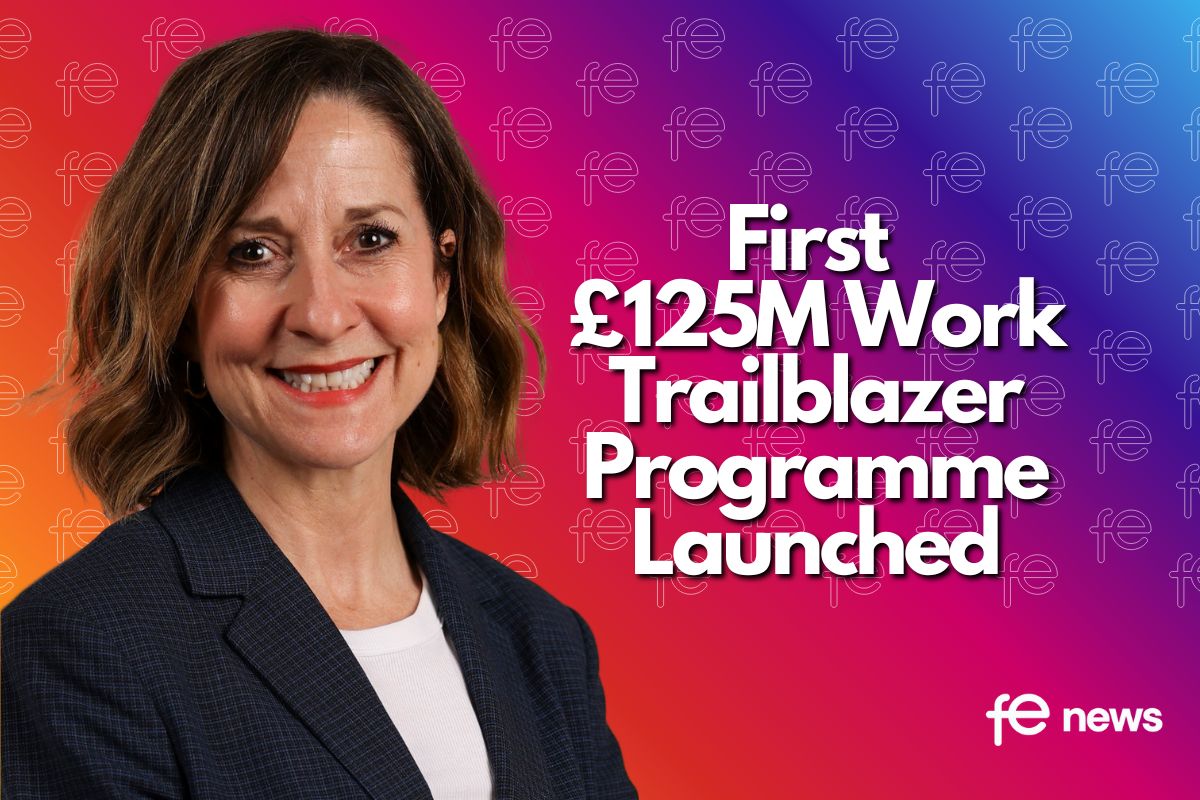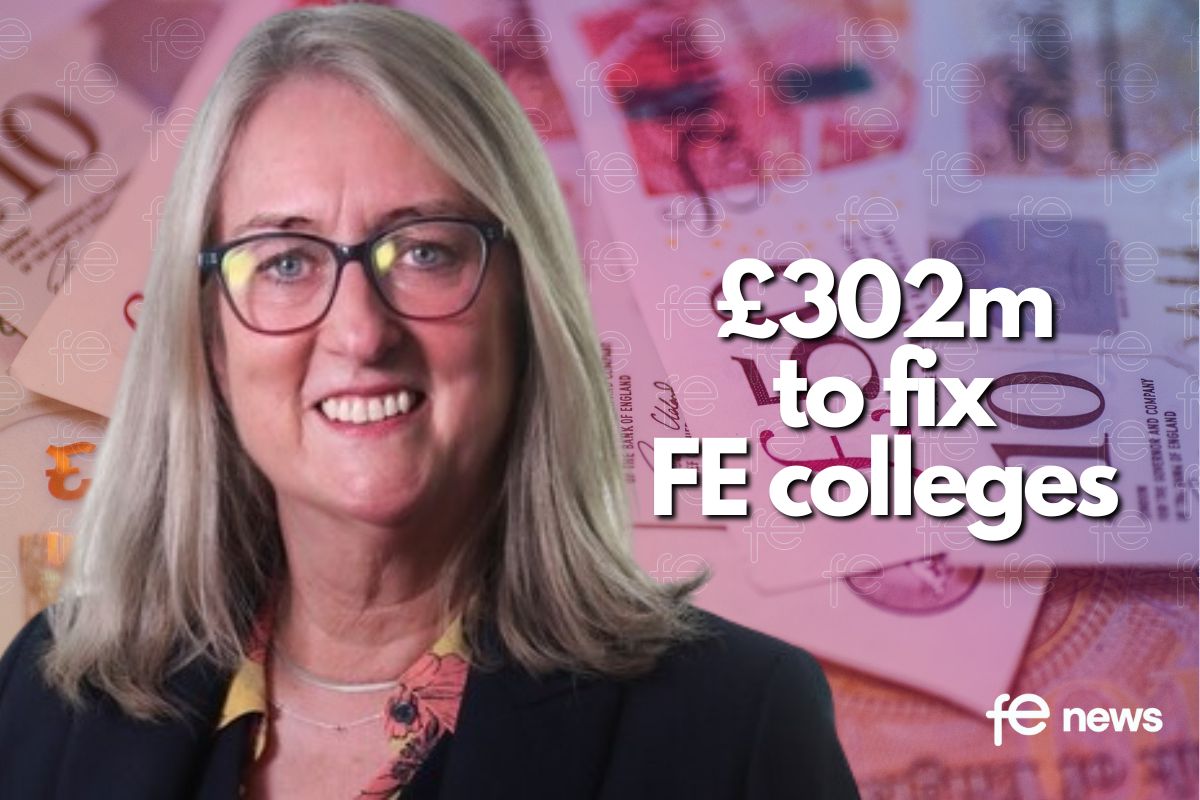Anne Milton is thrilled with 2017 Learner Participation and Outcomes in FE and Skills

There have been 1.06 million apprenticeship starts since May 2015, there have been 3.44 million starts since May 2010 reported to date.
- 440,300 apprenticeships started
- 31,600 higher apprenticeships started
- 879,500 apprenticeships participating
- 11,000 apprenticeships started on standards
In response to these figures,
 Apprenticeships and Skills Minister Anne Milton said: “What a fantastic achievement to have now reached over a million apprenticeship starts since May 2015. This, and the fact that we have the highest number of apprentices on record, means more people than ever before are benefitting from life changing skills.
Apprenticeships and Skills Minister Anne Milton said: “What a fantastic achievement to have now reached over a million apprenticeship starts since May 2015. This, and the fact that we have the highest number of apprentices on record, means more people than ever before are benefitting from life changing skills.Post-16 learner participation and achievements in further education (FE) and skills. The data sets out statistics reported to date for the first 3 quarters (August 2016 to April 2017) of the academic year 2016 to 2017 on:
- adult (aged 19 and over) government-funded further education (FE) (excluding schools and higher education) comprising:
- education and training, including offender learning (aged 18 and over)
- apprenticeships
- English and maths
- community learning
- advanced learner loans
- traineeships (aged 16 to 24)
- all age (aged 16 and over ) apprenticeships in England
- the highest level of qualification held by adults (aged 19 to 64) in England
Final data for earlier years is also available, along with data broken down by:
- learner characteristics including:
- gender
- ethnicity
- learners with learning difficulties and/or disabilities
- different geographical areas
Additional breakdowns of this data are available in the FE data library.











Responses